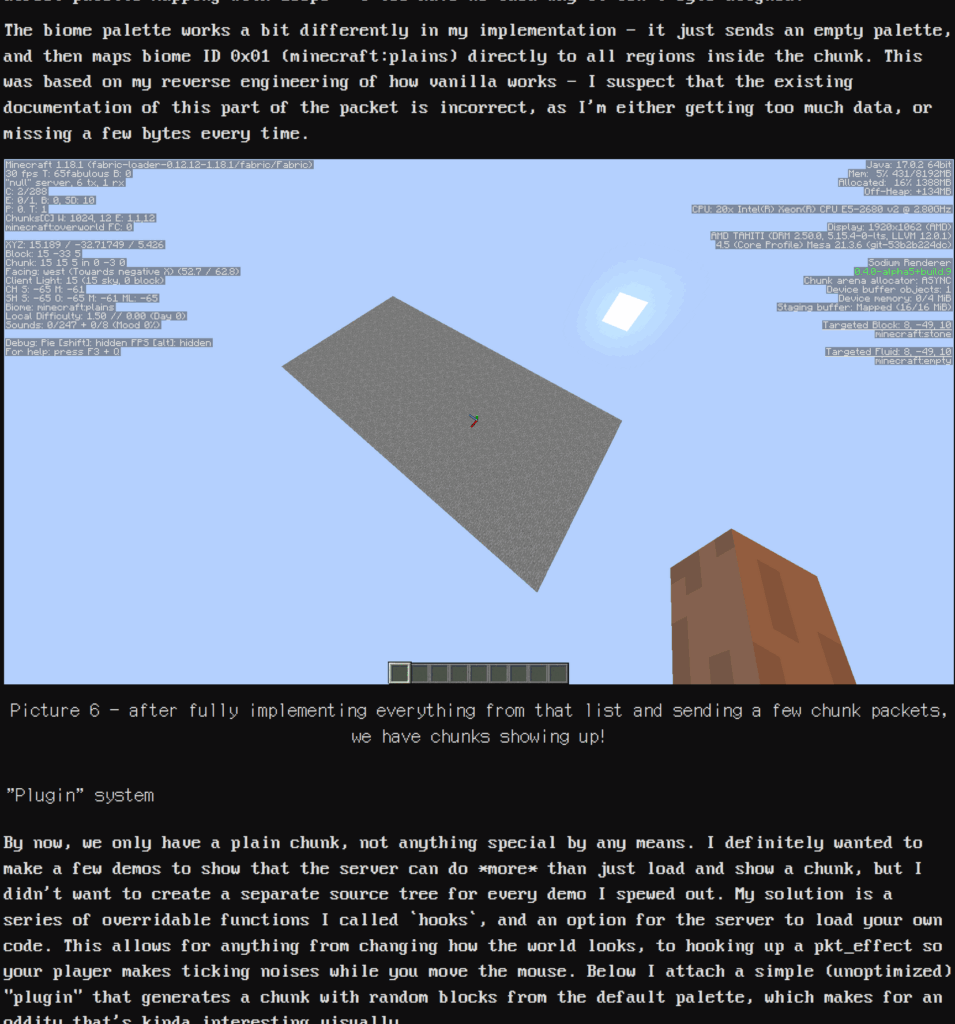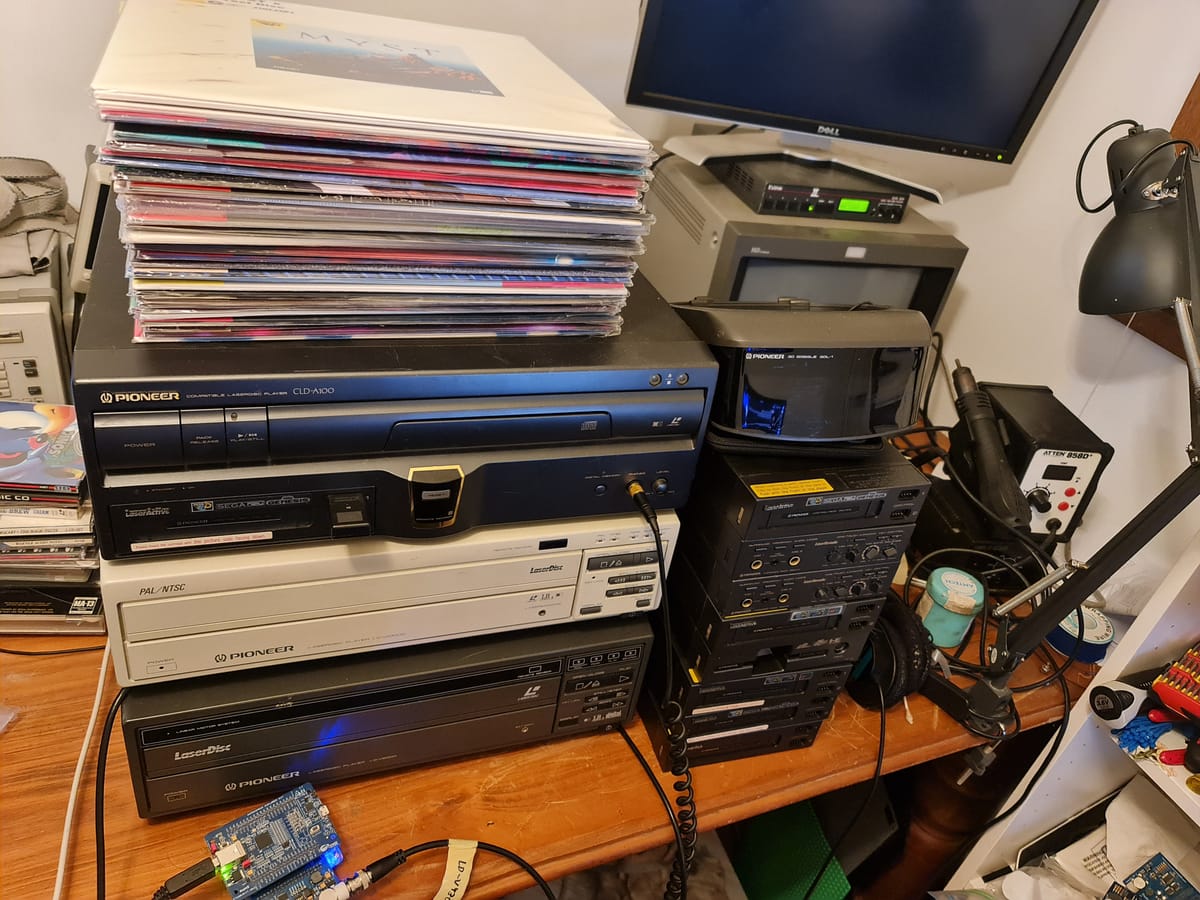Defender’s difficulty is legendary. Craig Kubey in The Winner’s Guide to Video Games said it was like being locked in a closet with a swarm of killer bees, and I actually think that’s not overstatement. And yet, people have flipped Defender’s score counter many times in a single game.
In an 18-minute strategy session, Joe Dearman explains the basics of playing Defender well, but I’m afraid if you don’t have a certain base facility it might be hopeless. Although I’m generally good at video games, I don’t seem to have it myself. Take a look and see if this looks like something you might be good at, but be warned, Defender’s controls themselves are complicated, with a lever and five buttons, although I dunno, game controllers these days tend to have many more than that. It is important, however, not to underestimate this game. It will rapidly annihilate you if you aren’t very good.
Both Defender and Robotron 2084, mentioned yesterday, were made by Williams, and designed by Eugene Jarvis, who still works in arcade game production today, or did last time I checked.
Another thing these games have in common is they’re very adjustable. Operators can choose starting difficulty, ending difficulty and on which wave it’s reached. This thread at arcade-museum.com breaks down the different romsets and differences between them. The earlier roms, “Blue” and “Green,” are generally harder, and increase in difficulty through 99 possible levels. The most common and latest set, “Red,” only has 30 effective levels.
At the higher numbers of Blue and Green, weird behavior can be seen. Defender has an enemy called the Baiter, which exists to harass the player if they take too long in clearing a wave of other enemies. At maximum difficulty Baiters become hilariously numerous, the game sending them in about once every two or three seconds. Watch a few minutes of this game with the wave difficulty settings cranked up to maximum from wave 1 (39 minutes). The extra ship level is set it easier than normal, needing just 5K to get an extra, and it’s set to restore all the Humanoids every wave, but that’s mostly to make the game possible, although there does exist video of someone surviving maximum difficulty with ships and Humanoids at normal settings, up to a score of 909K. (1 hour 7 minutes, somehow).
Here is the first of those two links, I’ll leave the other for you to click on if you’re interested. Both of them have the amazingly persistent Baiters, and in both of them the player manages to hold up under the pressure, for a while anyway.




